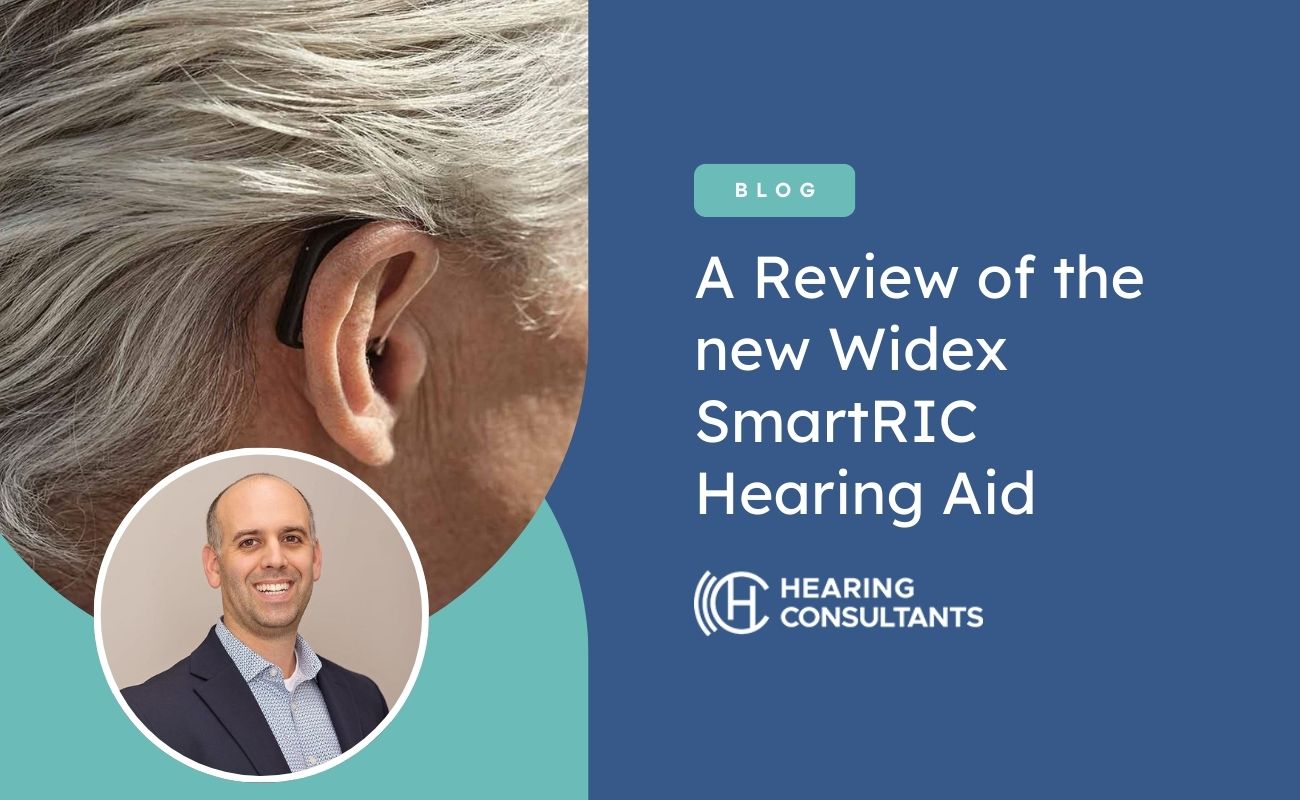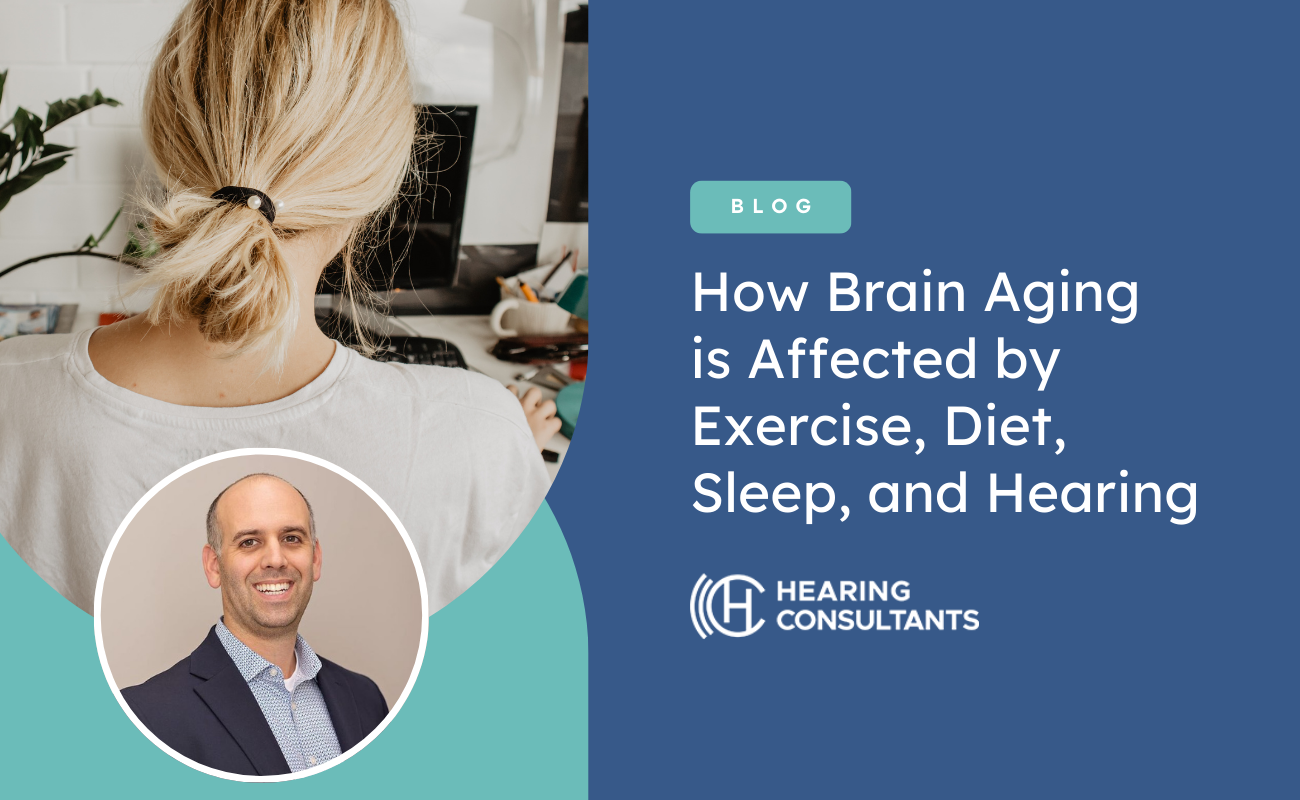What's Single-Sided Hearing Loss?

Many people are shocked at just how difficult hearing loss can be. It’s far too easy to underestimate its effect as it starts to touch every aspect of your life. It often starts as misunderstandings, but all too often these progress into rifts in relationships between partners, family, and friends, while affecting the quality of working relationships as well.
Many people have what is known as single-sided or unilateral hearing. People with this condition often find it’s easier to hear when someone speaks into their “good” ear. Because people with unilateral hearing loss have normal hearing in one ear, they make the mistake of believing that they don’t have to seek treatment for their condition. However, unilateral hearing loss is more serious than many know.
Understanding Unilateral Hearing Loss
Unilateral hearing loss is the loss of some hearing in one ear. In some cases, hearing loss is severe enough to be considered Single-Sided Deafness (SSD). In most cases Unilateral hearing loss is caused due to impact to the head, physical damage to the auditory system in one ear, infections, tumors, or diseases such as measles, mumps, or meningitis. Often, it’s the tiny hair cells in the inner ear which are ultimately affected by causes. When sound travels down our ear canal, it is converted into electrical impulses by tiny hair-like cells called stereocilia and sent to the brain. When these hairs sustain damage, they impede the delivery of sound often causing permanent hearing loss to the affected ear.
The Importance of Binaural Hearing
Binaural hearing is hearing with two ears. Two ears allow us to understand the location of the sound. When a sound is coming from the right side the right ear can communicate this with the brain and vice versa. In addition, the brain relies on audio input from two ears to help inform it about the proximity and approaching speed of a sound. This can become a safety issue for those with unilateral hearing. It’s easy to mistake the location of an approaching sound, reducing response time and sensory input within their environment. Difficulties in localization can also cause issues identifying speech in a crowded room. It can be incredibly difficult to prioritize one person’s conversation, which you desire to hear over the many other competing conversations in a room with hearing loss.
The Head Shadow Effect
The head shadow effect occurs when you try to pick up sound coming from your ear with single-sided hearing loss. Sound is muffled as it must travel around your head and is often muffled in the process. This presents issues-particularly picking up consonants because they have a shorter wavelength compared to vowel sounds. This creates difficult barriers in conversation that prevent you from picking up the sound of consonants from your deaf side, as consonants often carry the most meaning in speech.
Treating Single-Sided Hearing Loss
Just because you still have hearing in one ear doesn’t mean you should avoid treatment. Untreated hearing loss in one or both ears can quickly progress into chronic isolation, depression, and anxiety as well as cognitive decline which increases your risk of developing dementia significantly.
For those with severe or complete deafness in one ear, Bone Anchored Hearing Aid (BAHA) is a surgically implanted transmitter that sends sounds through the bone to the inner ear. Others with less severe hearing loss may benefit from the CROS (contralateral routing of signal) and BiCROS (bilateral contralateral routing of signal) hearing aid systems.
The CROS hearing aid system is used to collect sound from the good ear using a receiver and send it to the ear with severe hearing loss or deafness. This can effectively eliminate the head shadow effect. The BiCROS hearing aid system is similar but best suited for those who have deafness or profound hearing loss in one ear, with a notable hearing loss in the other ear as well. In BiCROS hearing aids, a transmitter is worn on the person’s deaf ear, picking up sound and sending it to the receiver that is worn on the ear that can hear better. While the ear with less hearing loss is amplified and also sent sound information from the ear with profound loss.
If you suspect you may have hearing loss in one or both ears, don’t hesitate to schedule a hearing exam today.
Get in touch with
Hearing Consultants
Contact our clinic to schedule an appointment today!







